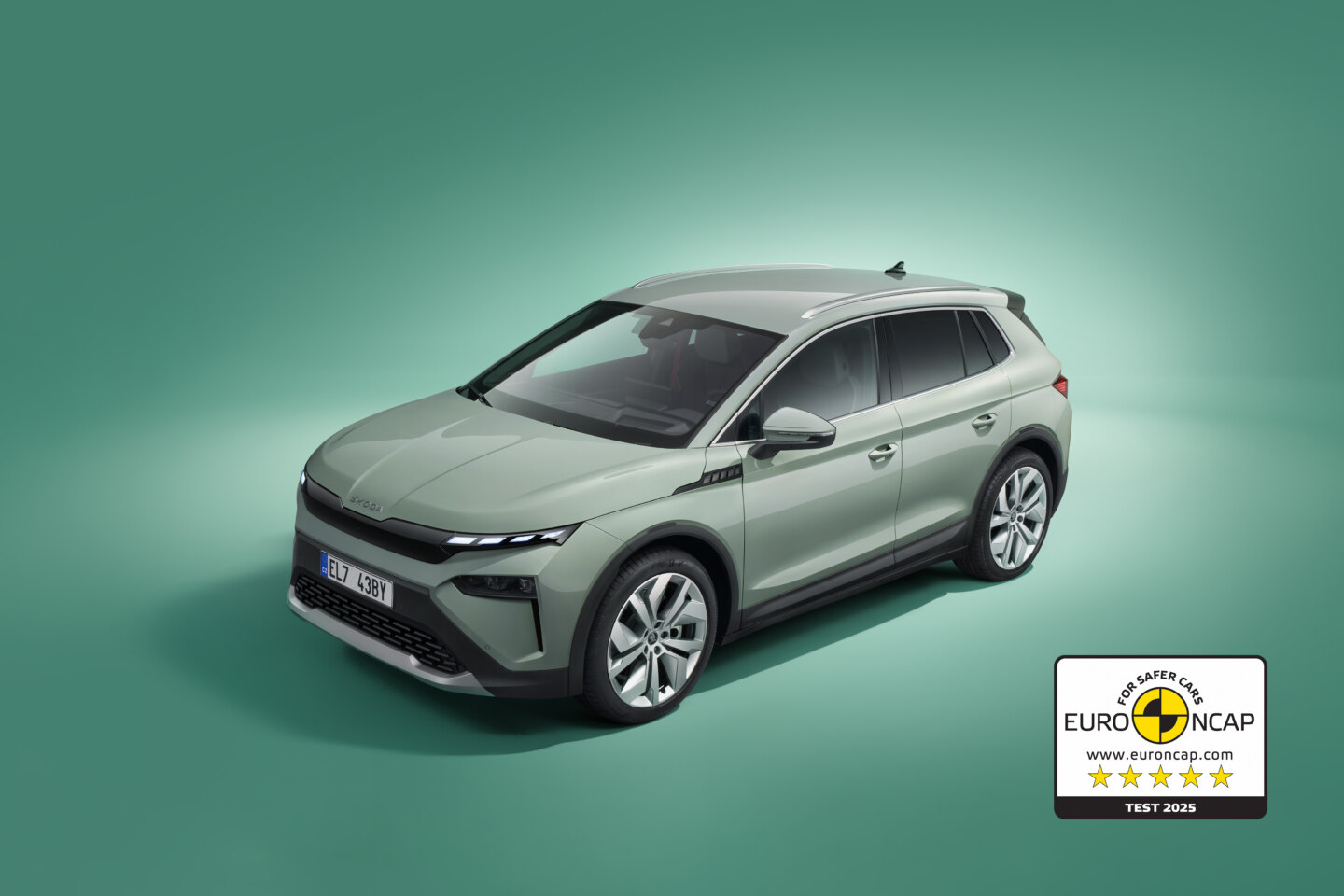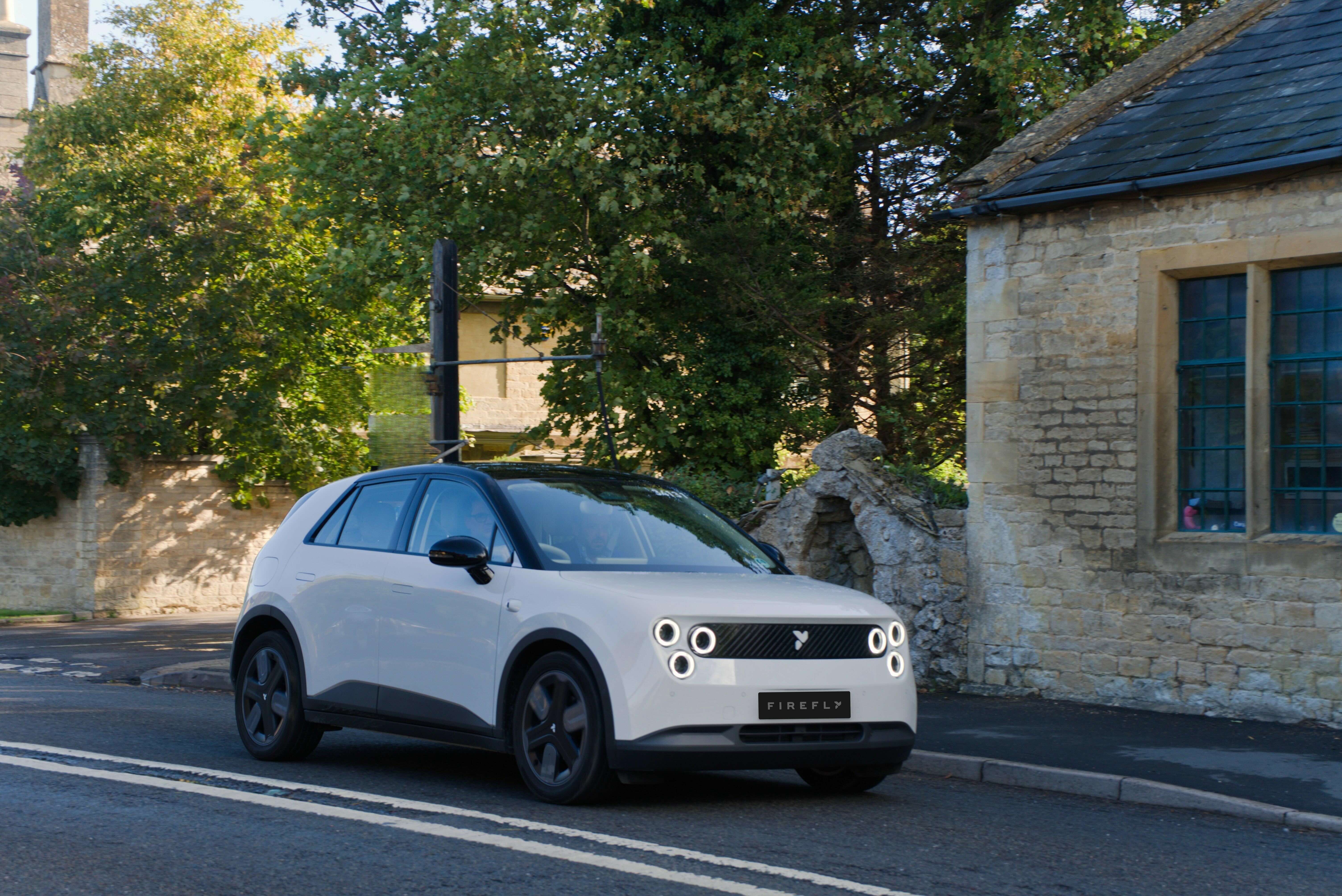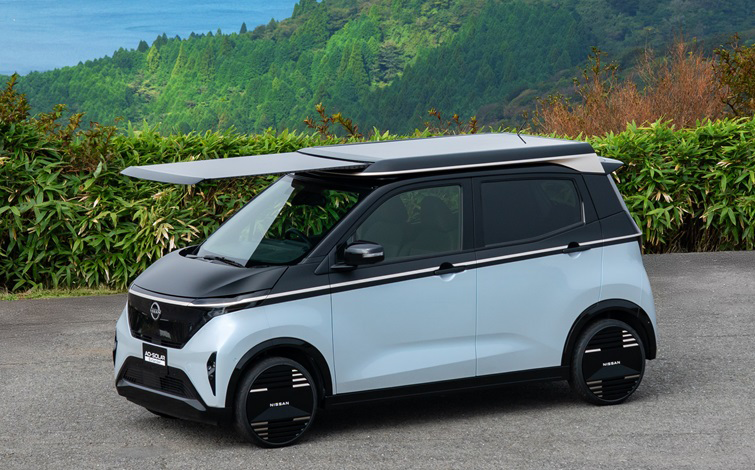In order to help you compare some of the most popular electric cars currently available, I made a table with EPA range and efficiency figures.
It might help you decide which electric car is the best for you.
Electric car | Range | Efficiency | ||||
Combined | City | Highway | Combined | City | Highway | |
BMW i3 (94 Ah battery) | 183 km | 201 km | 165 km | 17,75 kWh/100 km | 16,23 kWh/100 km | 19,75 kWh/100 km |
Chevrolet Bolt EV | 383 km | 412 km | 354 km | 17,64 kWh/100 km | 16,36 kWh/100 km | 19,04 kWh/100 km |
2017 Ford Focus Electric | 185 km | 204 km | 166 km | 19,57 kWh/100km | 17,75 kWh/100km | 21,81 kWh/100km |
Hyundai IONIQ Electric | 200 km | 220 km | 179 km | 15,4 kWh/100 km | 13,96 kWh/100 km | 17,16 kWh/100 km |
Nissan Leaf (30 kWh battery) | 172 km | 191 km | 155 km | 18,7 kWh/100 km | 16,89 kWh/100 km | 20,73 kWh/100 km |
Tesla Model S 60D | 351 km | 341 km | 361 km | 20,13 kWh/100 km | 20,73 kWh/100 km | 19,57 kWh/100 km |
In each category green represents the best result, while red represent the worst.
Remember that EPA figures measure plug-to-wheels consumption, this means that the internal charger efficiency matters.
The Hyundai IONIQ Electric is the efficiency champion, but if you need more range you might prefer a Chevrolet Bolt EV or a Tesla Model S.
Unfortunately we don’t have EPA ratings for the Renault Zoe and need to wait for the more realistic WLTP start replacing NEDC next year.
Also next year we’ll have important additions to the table. From an improved Volkswagen e-Golf with more range to a much better and redesigned Nissan Leaf. With luck first Tesla Model 3 deliveries will also take place.
What do you think about these figures? Were you surprised by at least one of them?


